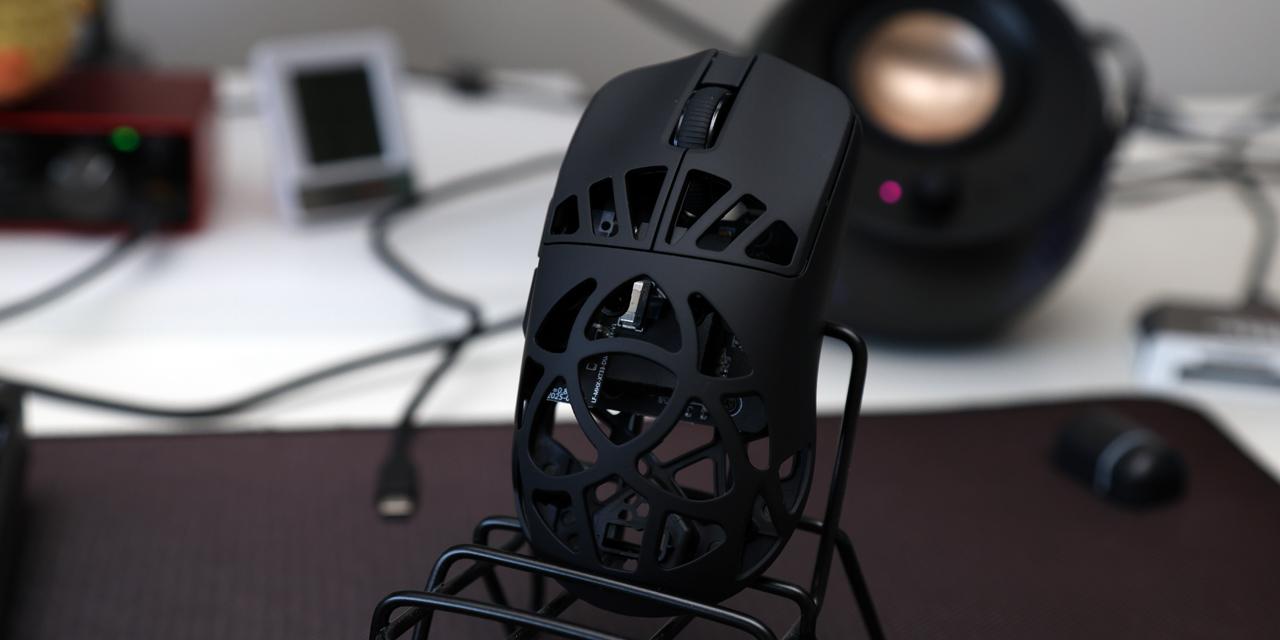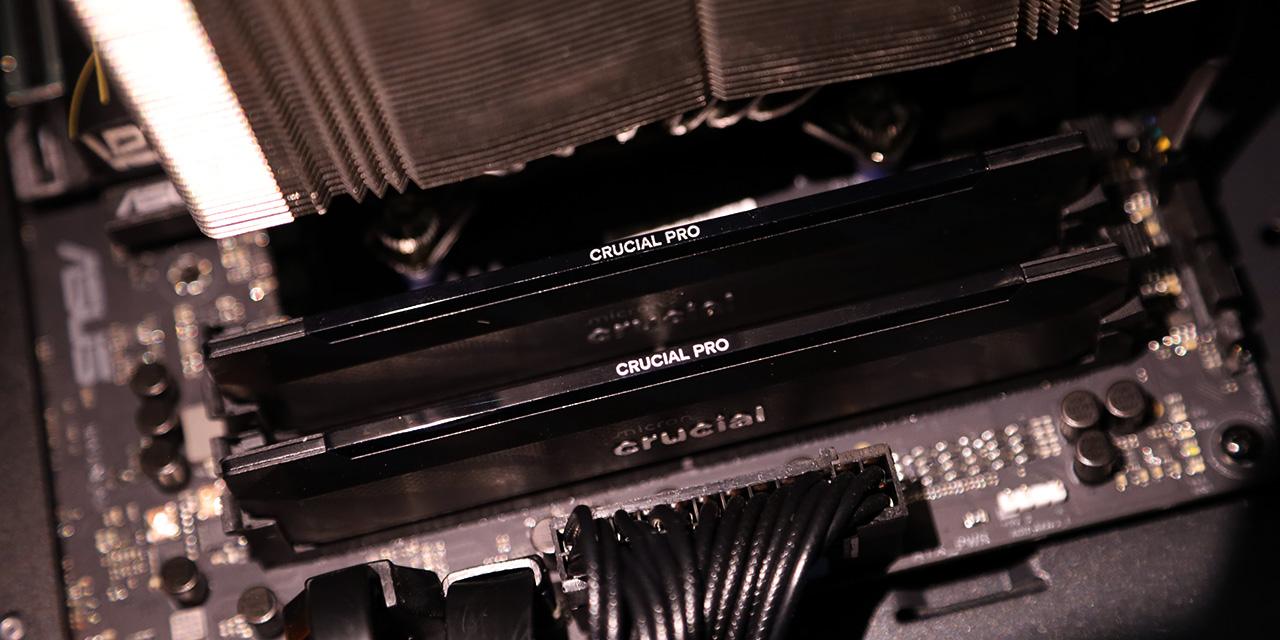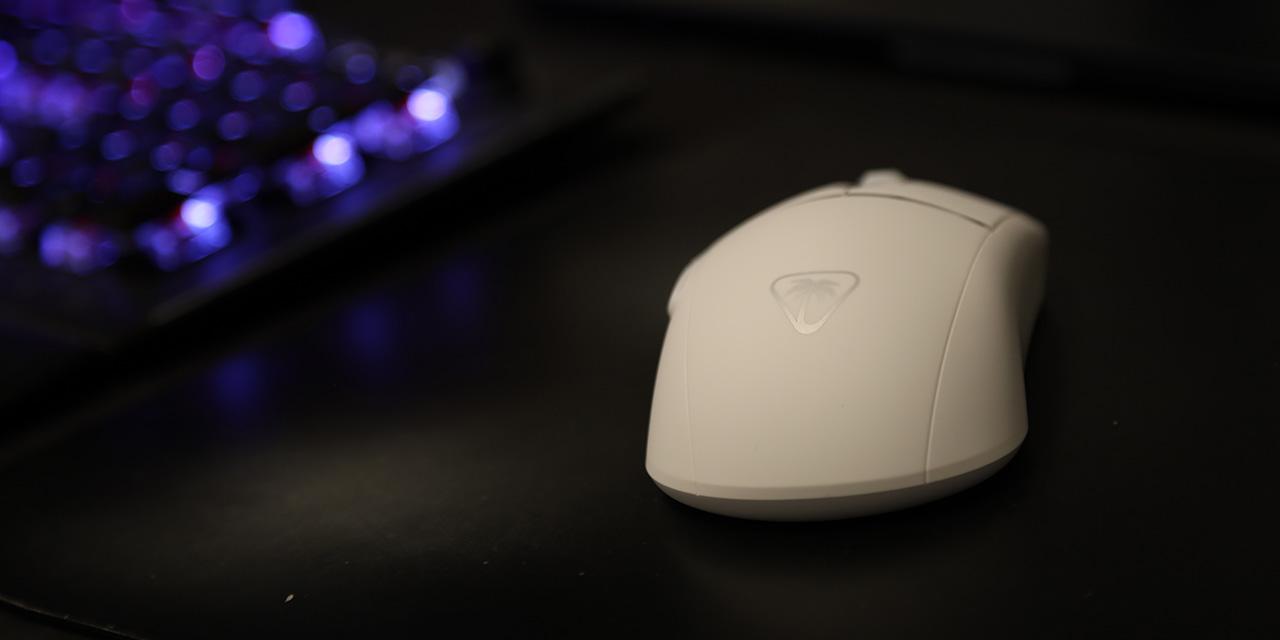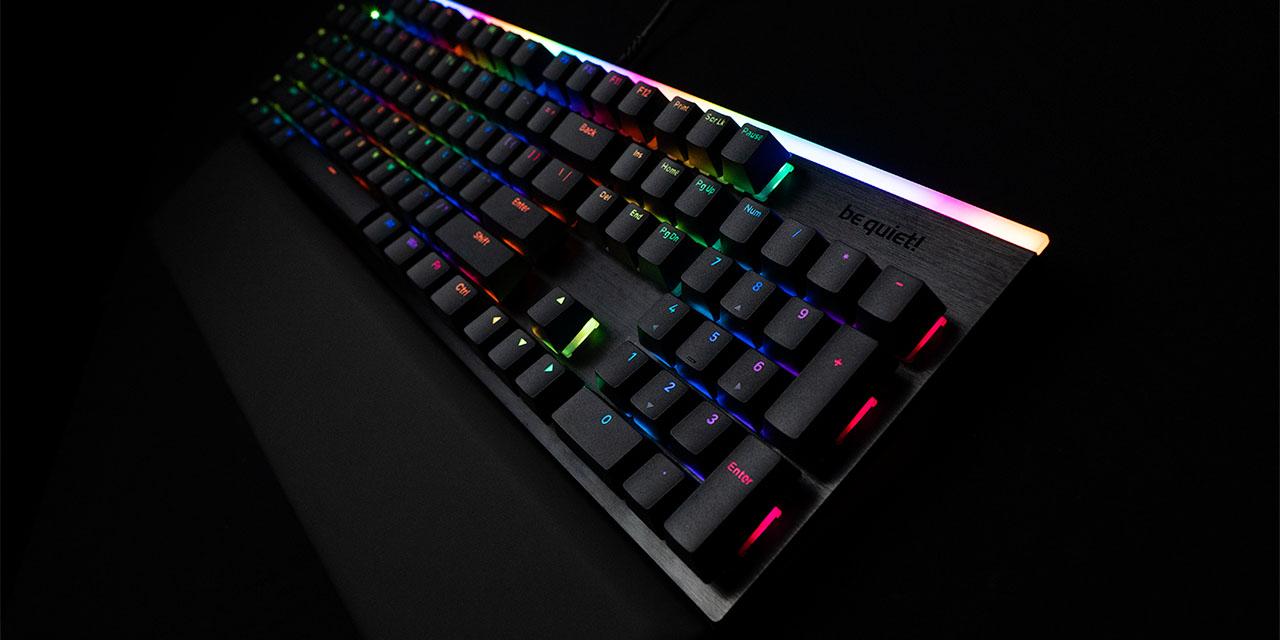|
From X-bit Labs: Chief executive officer of Intel Corp. said that the company's forthcoming microprocessors are already in sample production. The world's largest maker of chips is on track to start their volume production using 22nm fabrication process in late 2011. "We are on track to deliver 22nm [process technology]. Last year, at IDF, I showed you the first working wafer with SRAM devices on it. This year, I'm happy to report that our first first microprocessor designed for 22nm is moving through our fabs as we speak here today. It's on track for delivery in the second half of next year," said Paul Otellini, chief executive of Intel, at the Intel Developer Forum Fall 2010. Although the high-ranking executive did not reveal actual code-names of the chips, at present we do know that in 2012 the company plans to release code-named Ivy Bridge microprocessors for desktops, notebooks and workstations as well as code-named Knights Corner chip that is designed for highly parallel workloads and which is based on the MIC architecture. Since Ivy Bridge was planned years earlier than Knights Corner, it is most likely that at present Intel is manufacturing samples of the former at its plants. Not a lot is known about Ivy Bridge at this point. Given the fact that the design of Sandy Bridge - the father of Ivy Bridge set to be made using 32nm node - is oriented on consumers and brings massive improvements in areas such as performance of graphics; it is logical to assume that Ivy Bridge will further improve its predecessor in key aspects, such as memory performance, graphics processing performance and so on. "Great graphics performance is required, but it is not sufficient anymore. If you look at what users are demanding, they are demanding an increasingly good experience, robust experience, across the spectrum of visual computing. Users care about everything they see on the screen, not just 3D graphics. So, delivering a great visual experience requires media performance of all types: in games, in video playback, in video transcoding, in media editing, in 3D graphics, and in display," stressed Mr. Otellini. View: Article @ Source Site |
 |
Intel: 22nm Microprocessors Are Already in Production
© Since 2005 APH Networks Inc. All trademarks mentioned are the property of their respective owners.





